Outboard Carburetor Flooding: Symptoms, Causes, and Solutions
Carburetor flooding is one of the most common and frustrating issues outboard motor owners face. This problem can prevent your engine from starting, cause poor performance, and even lead to potential engine damage if left unaddressed. This comprehensive guide will help you identify the symptoms of carburetor flooding, understand its causes, and implement effective solutions to get your outboard running smoothly again.

Understanding Carburetor Flooding
Before diving into symptoms and solutions, it's important to understand what carburetor flooding actually is:
Carburetor flooding occurs when excessive fuel enters the engine's combustion chambers, preventing proper air-fuel mixture and combustion. In simple terms, the engine becomes "drowned" in fuel, making it difficult or impossible to start.
The carburetor's primary job is to precisely meter fuel into the engine based on demand. When this metering system fails, too much fuel enters the engine, resulting in flooding.
Common Symptoms of Outboard Carburetor Flooding
Recognizing the signs of carburetor flooding early can help prevent more serious issues:
1. Strong Fuel Smell
- What you'll notice: An overwhelming gasoline odor around the engine
- Why it happens: Excess fuel is entering the engine or leaking from the carburetor
- Severity: Moderate to high (also presents a potential fire hazard)
2. Fuel Leaking from Carburetor
- What you'll notice: Visible fuel dripping from the carburetor body, air intake, or exhaust ports
- Why it happens: The float system is failing to shut off fuel flow when the bowl is full
- Severity: High (indicates significant carburetor malfunction)

3. Hard Starting or No Starting
- What you'll notice: Engine cranks but won't start, or requires excessive cranking
- Why it happens: Spark plugs are wet with fuel, preventing proper ignition
- Severity: High (prevents boat operation)
4. Black Smoke from Exhaust
- What you'll notice: Excessive dark smoke when the engine does run
- Why it happens: Incomplete combustion due to overly rich fuel mixture
- Severity: Moderate (indicates poor performance and wasted fuel)
5. Rough Running and Stalling
- What you'll notice: Engine runs erratically, surges, or stalls frequently
- Why it happens: Inconsistent air-fuel mixture due to carburetor issues
- Severity: Moderate to high (affects reliability and performance)
6. Wet or Fouled Spark Plugs
- What you'll notice: Spark plugs appear wet with fuel when removed
- Why it happens: Excess fuel has saturated the combustion chamber
- Severity: Moderate (indicates flooding has occurred)

Primary Causes of Outboard Carburetor Flooding
Understanding the root causes of flooding is essential for proper diagnosis and repair:
1. Float System Problems
The float system is the most common source of carburetor flooding issues:
Damaged or Saturated Float
- What happens: The float becomes damaged or absorbs fuel, causing it to sink
- Result: Unable to rise properly to shut off fuel flow
- Common in: Older outboards with cork or plastic floats
- Identification: Float feels heavy or shows visible damage
Incorrect Float Height Adjustment
- What happens: The float is set too low, allowing excess fuel into the bowl
- Result: Bowl overfills before the needle valve closes
- Common in: Recently serviced carburetors or after improper maintenance
- Identification: Measured float height doesn't match specifications

2. Needle Valve Issues
The needle valve works with the float to control fuel flow into the bowl:
Worn or Damaged Needle Valve
- What happens: The needle valve or seat becomes worn, pitted, or damaged
- Result: Fails to seal properly, allowing continuous fuel flow
- Common in: High-hour engines or those that have sat with old fuel
- Identification: Visible wear or damage on needle tip or seat
Debris in Needle Valve
- What happens: Dirt, rust, or fuel varnish prevents proper seating
- Result: Needle can't create a proper seal to stop fuel flow
- Common in: Engines that have sat unused or used contaminated fuel
- Identification: Visible debris when needle valve is removed

3. Fuel Pump Problems
Issues with the fuel delivery system can also cause flooding:
Excessive Fuel Pressure
- What happens: Fuel pump delivers fuel at higher than specified pressure
- Result: Overwhelms the needle valve, forcing it open
- Common in: Systems with modified fuel pumps or regulators
- Identification: Requires fuel pressure testing
Leaking Fuel Pump Diaphragm
- What happens: Diaphragm in the fuel pump develops a leak
- Result: Unregulated fuel flow to the carburetor
- Common in: Older outboards or those with deteriorated rubber components
- Identification: Fuel leaks from pump or erratic fuel delivery
4. Choke System Malfunctions
The choke system can contribute to flooding when not working properly:
Stuck Choke Plate
- What happens: Choke plate remains partially or fully closed during operation
- Result: Creates an overly rich mixture, leading to flooding
- Common in: Engines with corrosion or lack of use
- Identification: Choke plate doesn't move freely or return to open position
Automatic Choke Problems
- What happens: Automatic choke system fails to open as engine warms
- Result: Continuous rich mixture condition
- Common in: Engines with electric or temperature-controlled chokes
- Identification: Choke remains engaged when engine is warm

Step-by-Step Solutions for Carburetor Flooding
Follow these procedures to address carburetor flooding issues:
Immediate Actions for a Flooded Engine
If your engine is currently flooded and won't start:
- Remove spark plugs:
- Turn off the ignition and disconnect spark plug wires
- Remove the spark plugs using the appropriate socket
-
Inspect plugs for wetness (confirming flooding)
-
Dry the cylinders:
- With spark plugs removed, crank the engine several times
- This expels excess fuel from the cylinders
-
Alternatively, let the engine sit for 20-30 minutes to allow fuel to evaporate
-
Clean or replace spark plugs:
- Clean wet plugs with carburetor cleaner and dry thoroughly
- If plugs show carbon fouling, replace them
-
Check plug gap before reinstallation
-
Attempt restart with reduced throttle:
- Reinstall dried or new spark plugs
- Set throttle to approximately 1/4 position (not full throttle)
- Crank engine in short bursts (5-10 seconds) with rest periods

Long-Term Solutions for Recurring Flooding
To prevent future flooding issues, address the root causes:
1. Float System Repairs
Replacing a Damaged Float: 1. Remove the carburetor bowl 2. Detach the old float 3. Install the new float, ensuring proper orientation 4. Verify free movement without binding
Adjusting Float Height: 1. Consult your service manual for correct specifications 2. Hold carburetor body upside down with float hanging down 3. Measure from the gasket surface to the top of the float 4. Bend the float tab carefully to achieve proper specification 5. Recheck measurement after adjustment

2. Needle Valve Maintenance
Replacing Needle Valve and Seat: 1. Remove the carburetor bowl and float 2. Extract the old needle valve 3. Remove the seat using appropriate tool (often a socket or special tool) 4. Install new seat, ensuring it's fully seated 5. Attach new needle valve to float 6. Reinstall float and verify proper operation
Cleaning Needle Valve and Seat: 1. Remove components as above 2. Clean with carburetor cleaner (never use wire or metal tools on the seating surfaces) 3. Inspect for damage or wear 4. If good condition, reinstall; if questionable, replace

3. Fuel System Maintenance
Cleaning the Fuel System: 1. Drain and replace old fuel 2. Replace fuel filters 3. Add quality fuel system cleaner 4. Run engine to circulate cleaner through system
Checking Fuel Pump Pressure: 1. Connect fuel pressure gauge to fuel line 2. Run engine and observe pressure reading 3. Compare to manufacturer specifications 4. Replace pump if pressure is excessive or erratic
4. Choke System Repairs
Freeing a Stuck Choke: 1. Remove air cleaner to access choke plate 2. Clean choke shaft and plate with carburetor cleaner 3. Work the mechanism back and forth to free movement 4. Lubricate pivot points with light oil 5. Verify choke opens fully when warm
Repairing Automatic Choke: 1. Check electrical connections if electrically operated 2. Verify thermostat operation if temperature controlled 3. Adjust according to manufacturer specifications 4. Replace components as needed

Preventive Maintenance to Avoid Flooding
Implement these practices to prevent future carburetor flooding:
1. Fuel Quality Management
- Use fresh fuel: Replace fuel that's more than 30 days old
- Add stabilizer: Use marine-grade fuel stabilizer for any fuel that will sit more than two weeks
- Use fuel filters: Install and regularly replace quality fuel filters
- Proper storage: Follow winterization procedures for seasonal storage
2. Regular Carburetor Maintenance
- Periodic cleaning: Clean carburetor annually or every 100 hours
- Bowl inspection: Remove and inspect bowl for sediment or corrosion
- Float check: Verify float condition and movement during cleaning
- Linkage lubrication: Keep all external linkages clean and lubricated
3. Proper Operating Procedures
- Correct starting technique: Follow manufacturer's starting procedure
- Avoid over-priming: Use primer bulb only until firm
- Proper shutdown: Some engines benefit from running dry before extended storage
- Regular use: Run engine regularly to prevent fuel degradation in carburetor

When to Seek Professional Help
While many flooding issues can be addressed by boat owners, consider professional service when:
- Persistent flooding occurs despite basic maintenance
- Multiple carburetors need synchronization after service
- Special tools are required for your specific outboard model
- Internal damage is suspected in the carburetor body
- Warranty concerns exist for newer outboards
A qualified marine technician has the experience and specialized tools to diagnose and repair complex carburetor issues efficiently.
Troubleshooting Guide: Quick Reference
Use this quick reference guide to diagnose and address common flooding scenarios:
| Symptom | Likely Cause | Solution |
|---|---|---|
| Fuel leaking from carburetor | Float/needle valve issue | Replace needle valve and seat, check float |
| Engine floods only when warm | Stuck choke or heat issues | Repair choke system, check for heat damage |
| Flooding occurs after storage | Degraded fuel, gummed components | Clean carburetor, replace fuel |
| Flooding only at idle | Incorrect idle mixture | Adjust idle mixture screw |
| Flooding during acceleration | Accelerator pump issues | Rebuild or replace accelerator pump |
| Intermittent flooding | Vibration affecting float/needle | Check for loose components, adjust float |
Case Study: Solving a Persistent Flooding Problem
To illustrate the troubleshooting process, consider this real-world example:
The Situation: A 90HP outboard consistently flooded after sitting for more than a few days. The owner had already replaced the needle and seat but still experienced problems.
The Diagnosis: Upon inspection, the technician discovered that while the float wasn't visibly damaged, it had absorbed a small amount of fuel, making it too heavy to properly shut off the fuel flow.
The Solution: Replacing the float and needle valve assembly completely resolved the issue. The technician also recommended switching to a higher quality fuel stabilizer and running the engine dry before storage periods longer than a week.
The Lesson: Sometimes the obvious solution (replacing just the needle valve) isn't enough. Thorough diagnosis and addressing all potential causes leads to successful repairs.
Conclusion
Carburetor flooding in outboard motors is a common but solvable problem. By understanding the symptoms, causes, and solutions outlined in this guide, you can diagnose and address flooding issues effectively, saving time and money on repairs.
Remember that proper maintenance is the best prevention. Regular carburetor inspection and cleaning, along with good fuel management practices, will help ensure your outboard starts reliably and performs optimally throughout the boating season.
With the knowledge gained from this guide, you're well-equipped to tackle carburetor flooding issues and enjoy more time on the water with fewer mechanical interruptions.
This article is intended as a general guide. Always consult your engine's service manual for model-specific procedures and specifications. If you're uncertain about performing any maintenance yourself, consult a certified marine technician.
Hi—I’m Jim Walker
I grew up in a Florida boatyard, earning pocket money (and a few scars) by rebuilding outboard carbs before I could drive. That hands-on habit carried me through a Ph.D. in mechanical engineering, where I studied how salt water quietly murders metal.
I spent ten years designing cooling systems for high-horsepower outboards, then joined JLM Marine as CTO. We bench-test every new part in the lab, but I still bolt early prototypes onto my own 23-foot skiff for a weekend shake-down— nothing beats real wake and spray for finding weak spots.
Here on the blog I share the fixes and shortcuts I’ve learned so your engine—and your day on the water—run smooth.

For Outboard Owners:
To assist you in maintaining and repairing your marine engines, we hope the following resources may be of use:
-
Carburetors from JLM Marine
-
Carburetor Rebuild Kits from JLM Marine
About JLM Marine
Founded in 2002, JLM Marine has established itself as a dedicated manufacturer of high-quality marine parts, based in China. Our commitment to excellence in manufacturing has earned us the trust of top marine brands globally.
As a direct supplier, we bypass intermediaries, which allows us to offer competitive prices without compromising on quality. This approach not only supports cost-efficiency but also ensures that our customers receive the best value directly from the source.
We are excited to expand our reach through retail channels, bringing our expertise and commitment to quality directly to boat owners and enthusiasts worldwide.

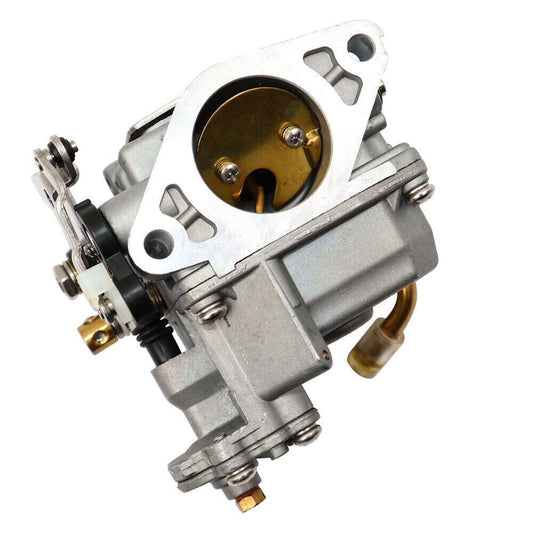
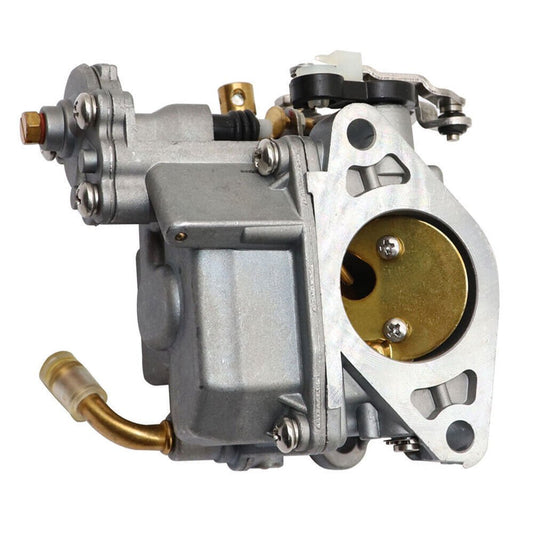
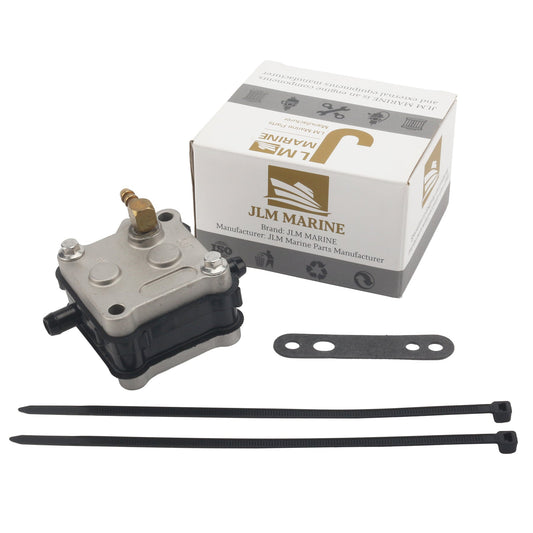
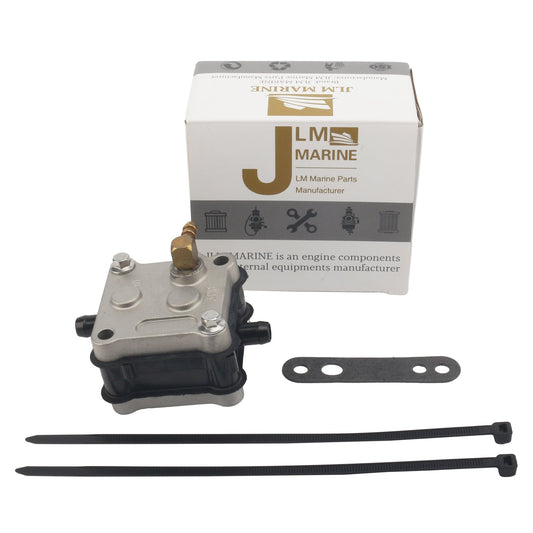
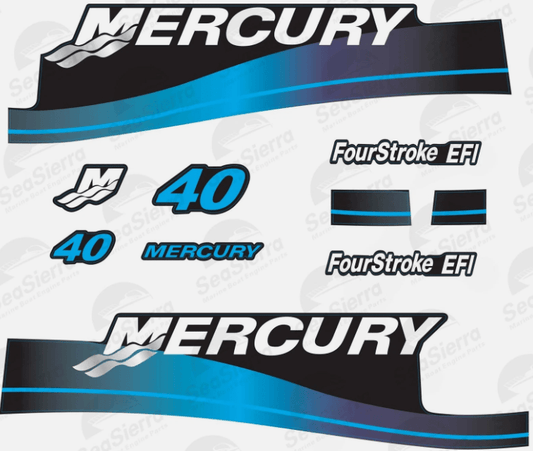

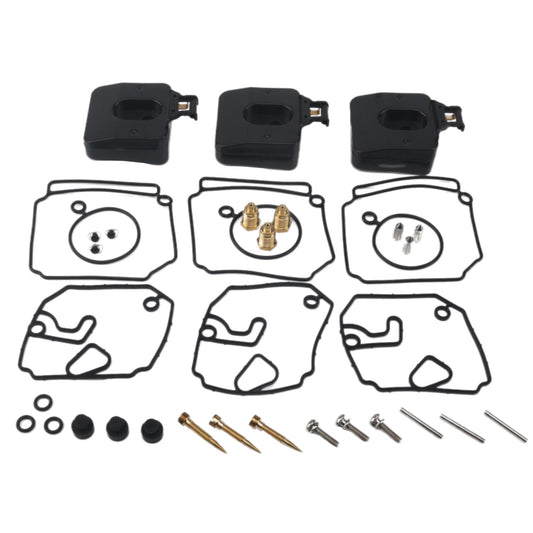
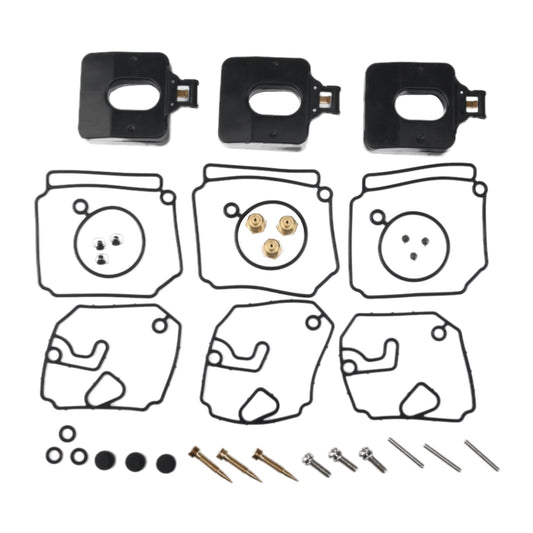
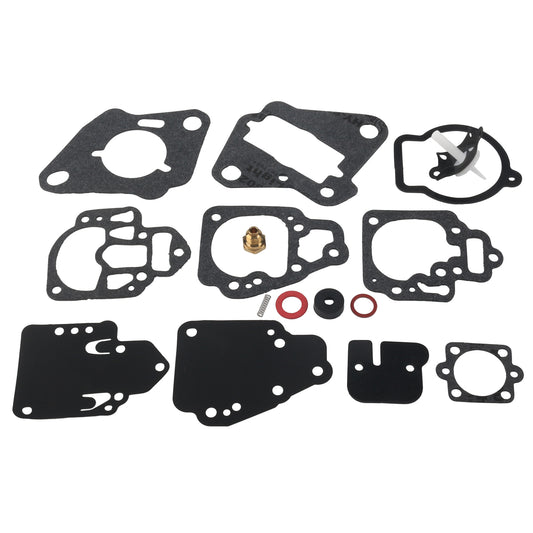
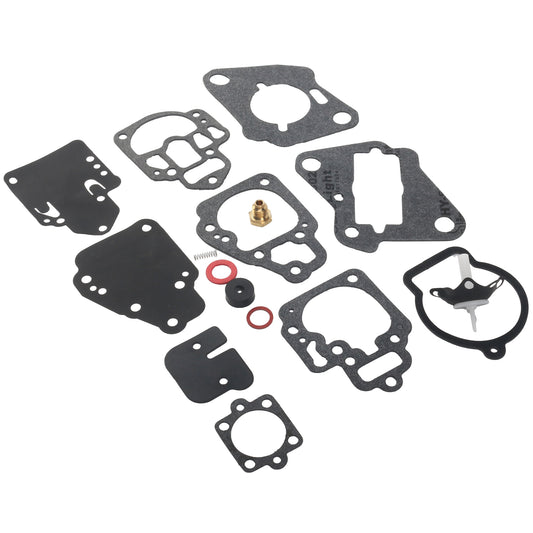
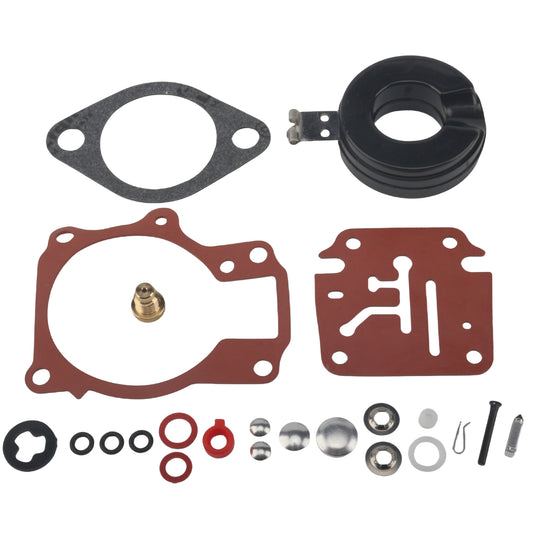
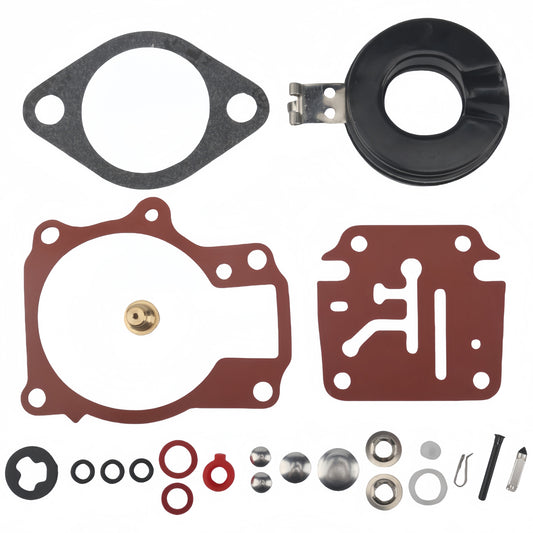

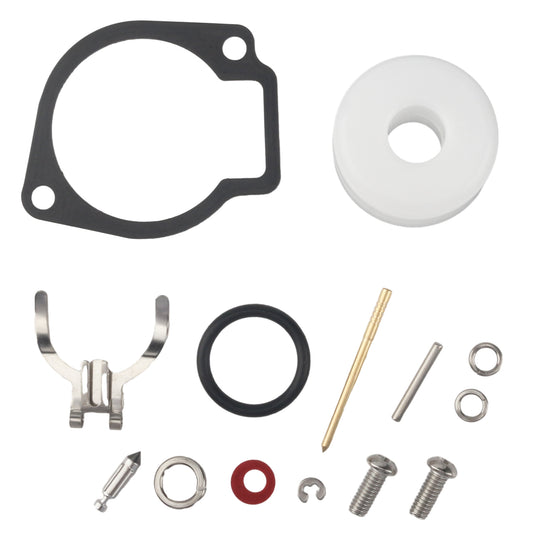
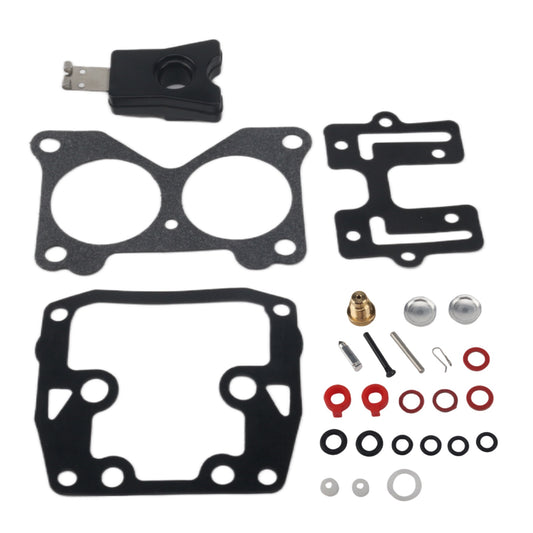
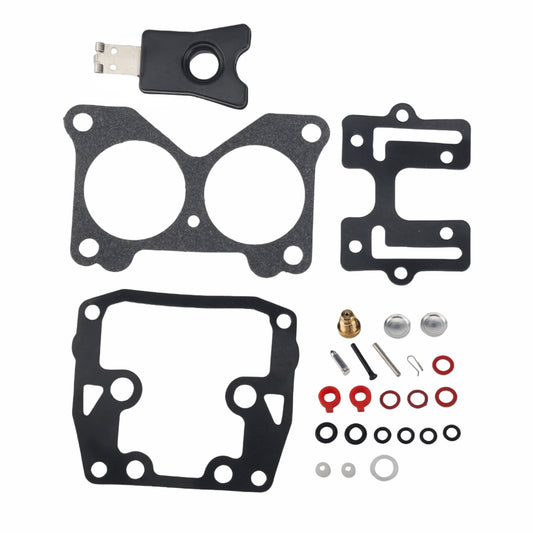

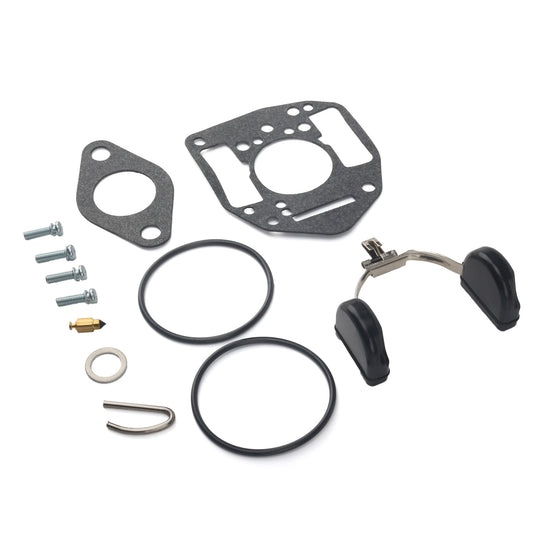
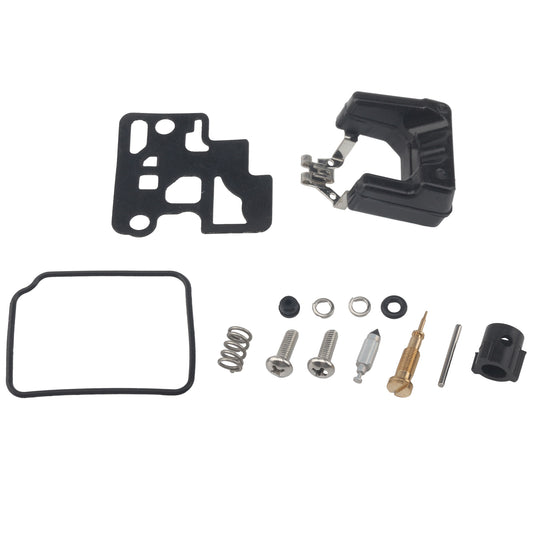
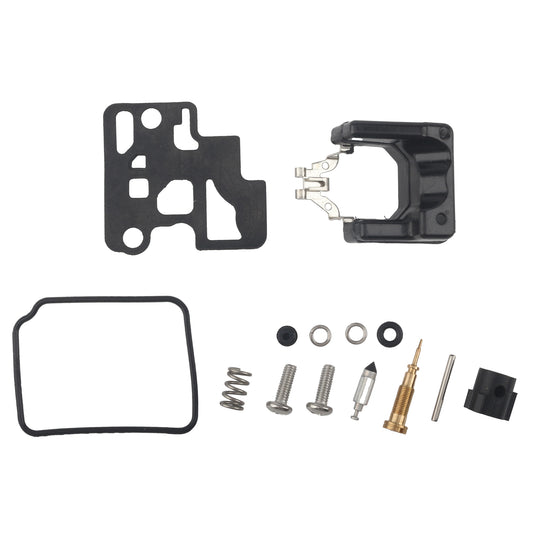
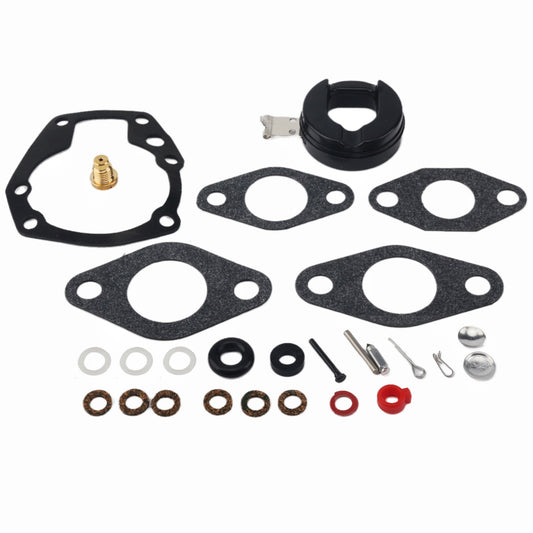
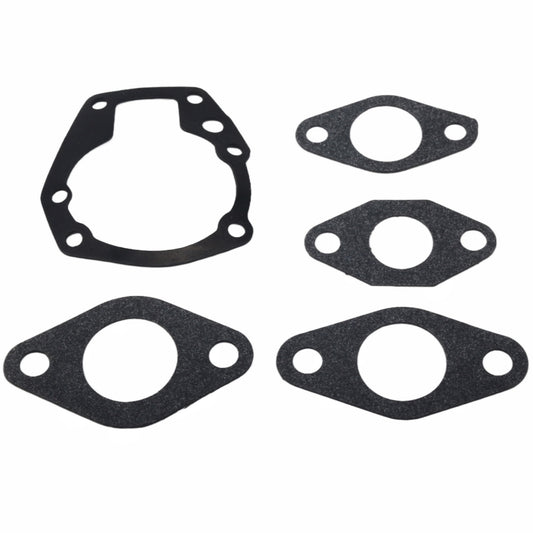
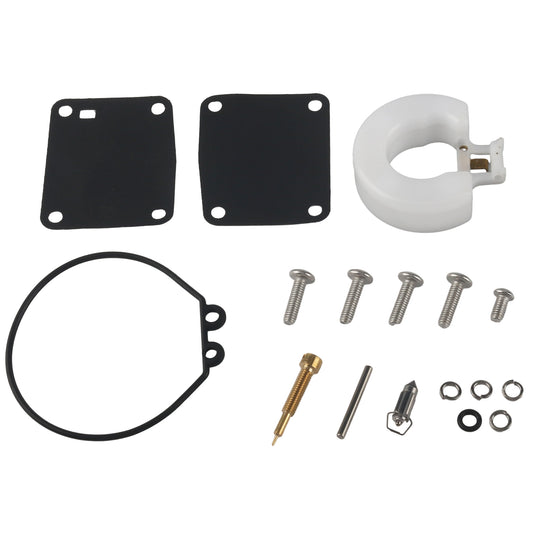
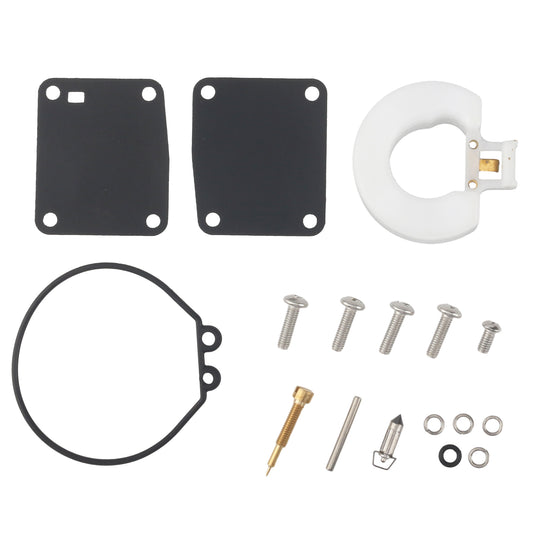
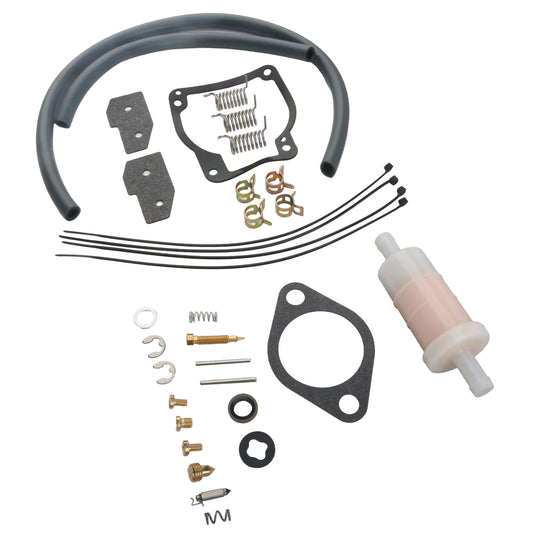
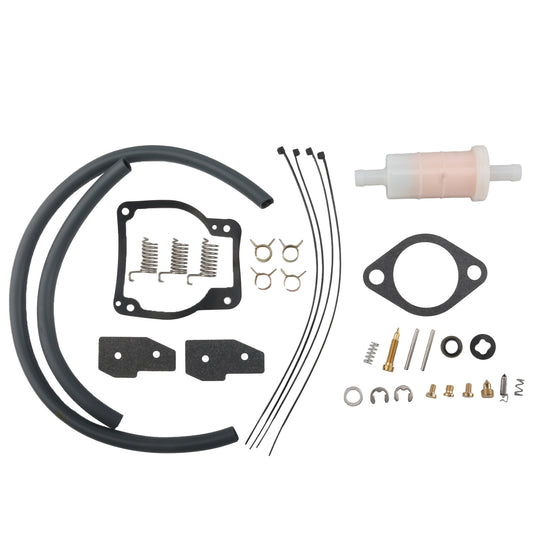

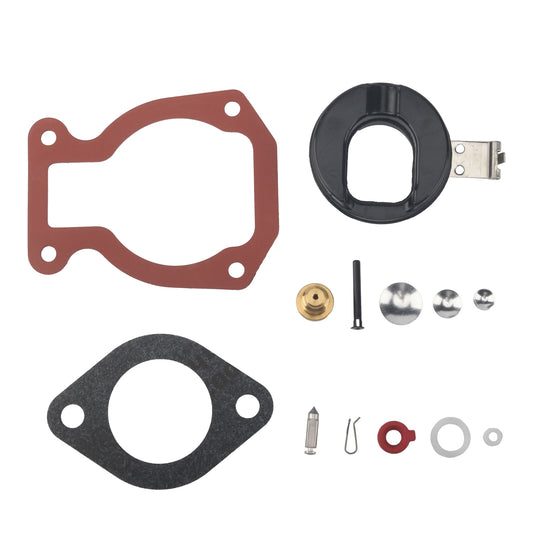
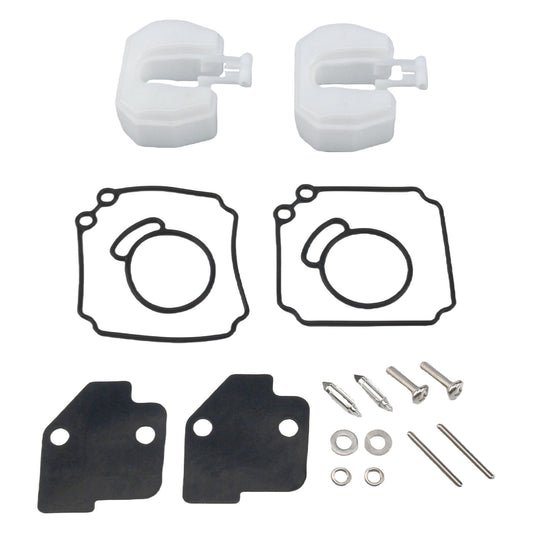
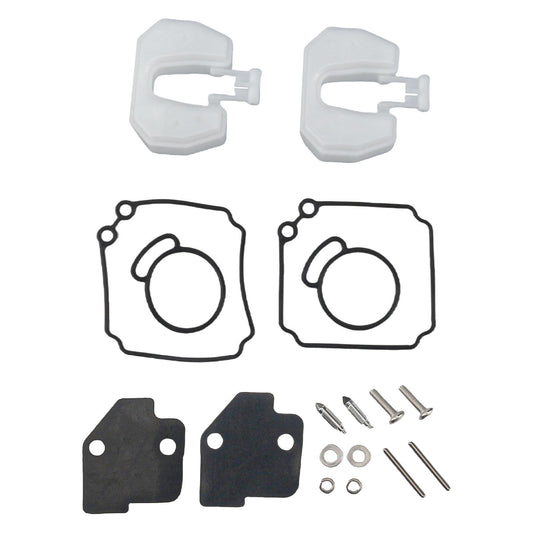
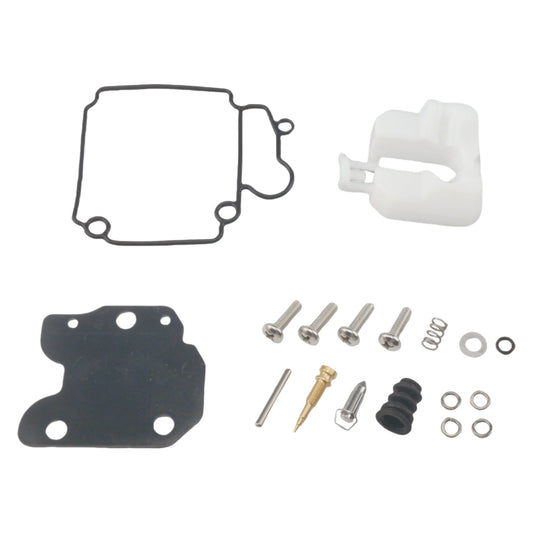
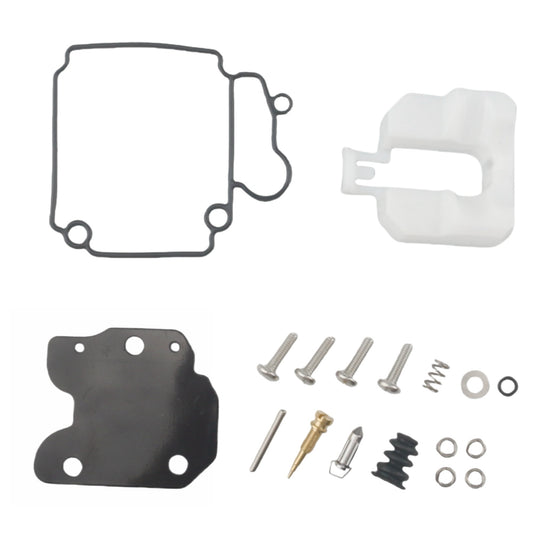
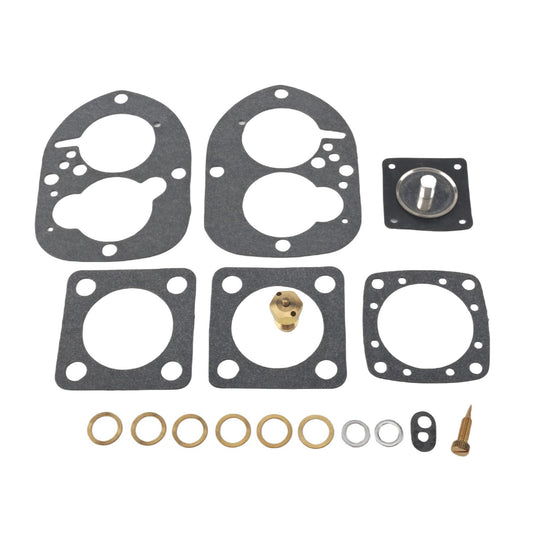
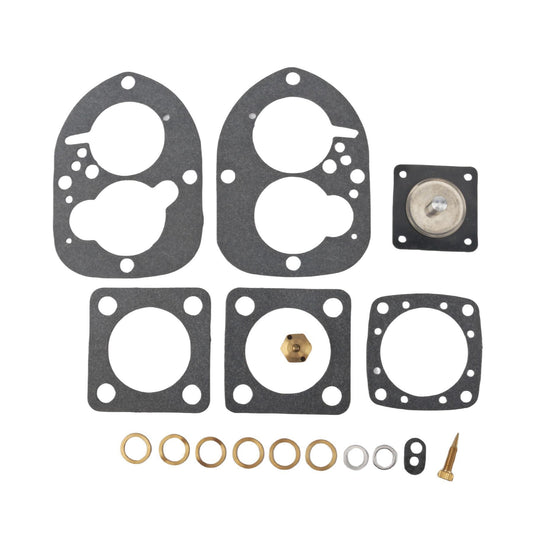
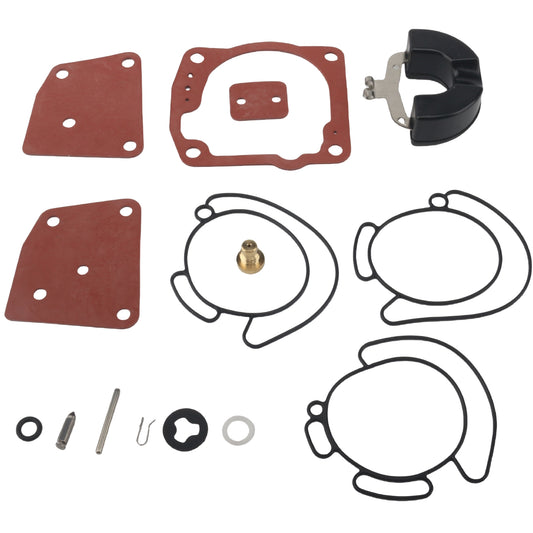
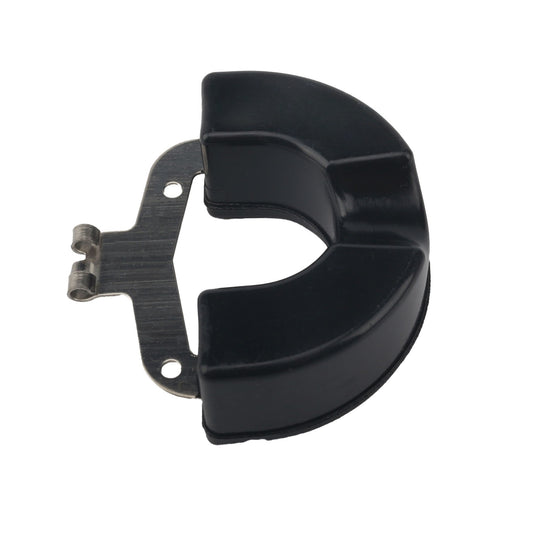

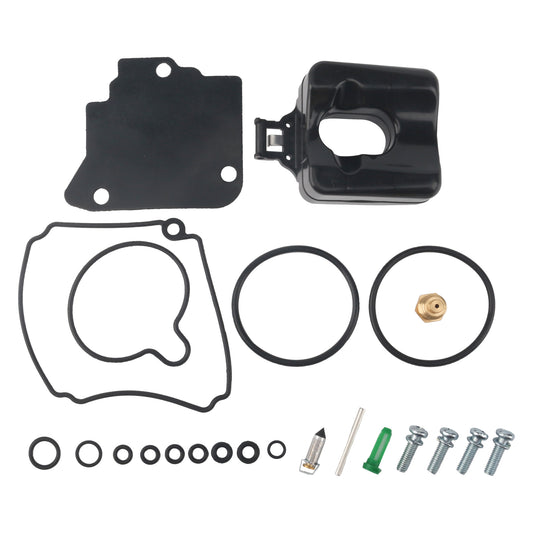
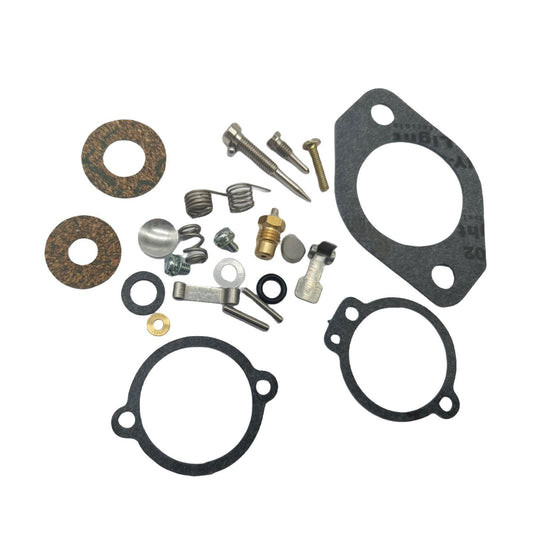
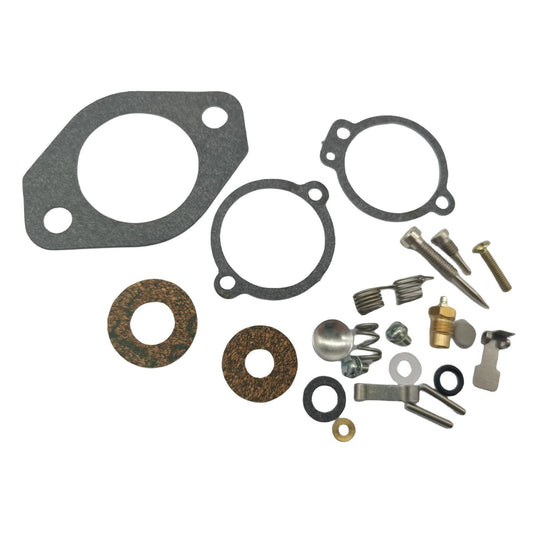


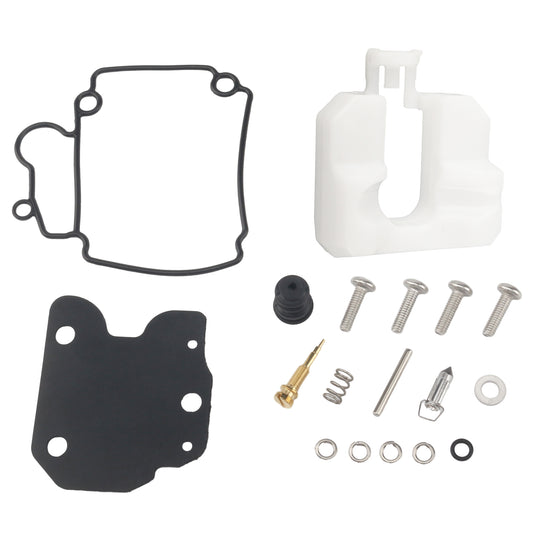
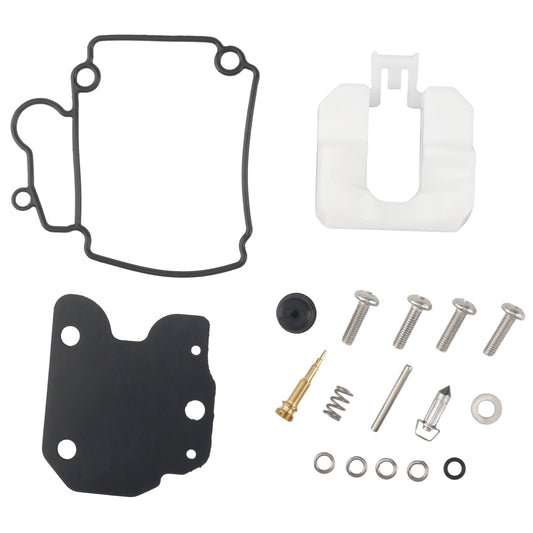

Leave a comment
Please note, comments need to be approved before they are published.